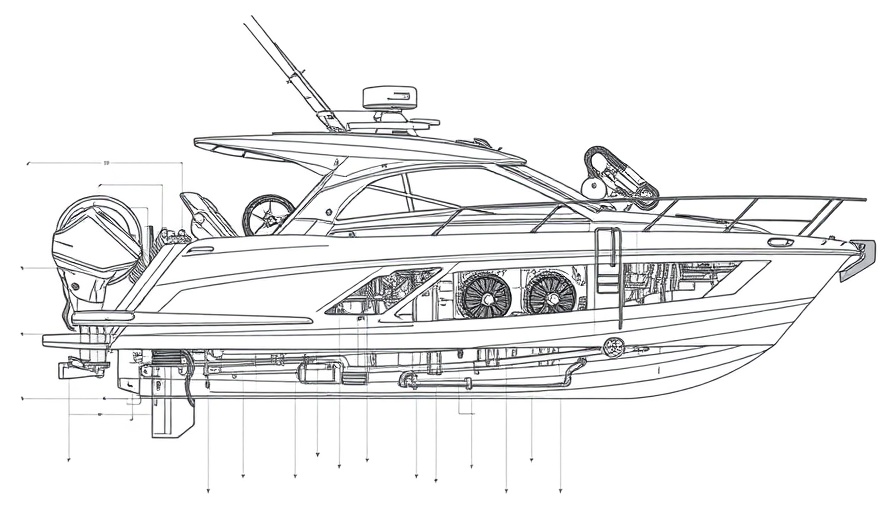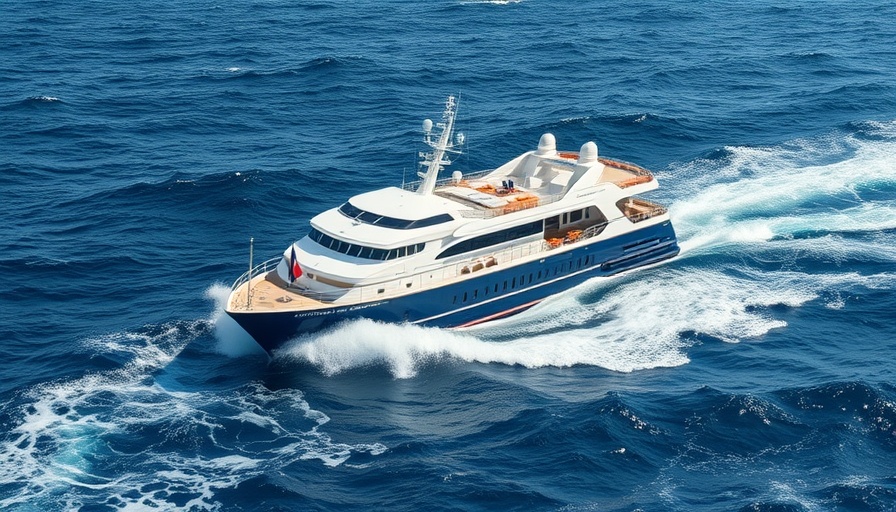
The Dawn of Autonomous Naval Vessels
The christening of the USX-1 Defiant marks a transformative leap in maritime technology and naval operations. Developed by Virginia-based Serco Inc., this vessel is a pivotal component of DARPA’s No Manning Required Ship (NOMARS) program, representing a shift toward automation in maritime missions. As the Defiant prepares for its upcoming at-sea demonstrations, it holds the potential to redefine how navies around the world approach challenges in contested waters.
Innovative Design: Breaking Free from Tradition
The Defiant is not merely an advancement in technology; it symbolizes a radical rethinking of naval architecture. By prioritizing autonomy over human crew accommodations, the USX-1 showcases a "clean-sheet" design focused on achieving efficiency and increased operational capabilities. This approach eliminates unnecessary structures, resulting in a vessel that is lighter, faster, and more cost-effective to operate, which could tremendously lower the logistical footprint of naval engagements.
Strategic Advantages of Unmanned Vessels
With speech from Serco’s CEO Tom Watson highlighting a commitment to innovation, the motivations behind developing the USX-1 Defiant are clear: to facilitate a more capable unmanned surface vessel (USV) fleet. In scenarios where human safety could be compromised, such as piracy and hostile naval encounters, these unmanned ships allow for strategic responses without direct risks to personnel. This capability is essential for modern naval operations, reflecting a trend that prioritizes both mission success and the safety of service members.
Future Predictions: Expanding the Role of USVs
As technology continues to evolve, so too will the roles of vessels like the USX-1 Defiant. Experts anticipate increased adoption of autonomous systems across various facets of civilian and military operations. Future iterations may integrate advanced AI for decision-making processes, allowing the military to respond to changes more efficiently in real-time. Experts suggest that innovations stemming from the Defiant could lead to an expansion of U.S. naval presence in global waters without the need for large manned fleets.
Counterarguments: Challenges Facing Autonomous Vessels
While excitement surrounds the potential of the USX-1, skeptics raise valid concerns about the reliability of fully autonomous vessels. Issues related to cybersecurity, operational payment disruption under adverse weather, and the absence of human intuition in crisis scenarios demand careful consideration. Additionally, legal and ethical implications regarding engagement rules in warfare need to be clearly defined as unmanned systems become more commonplace in conflict zones.
Considerations for Industry Stakeholders
Shipbuilding stakeholders, from manufacturers to military strategists, would do well to closely monitor developments in autonomous vessel technology. Opportunities for collaboration between tech companies and military organizations could lead to innovative solutions that enhance naval capabilities. These advancements will likely spur investments in related research and could invigorate sectors such as cybersecurity, data management, and remote operations.
Conclusion: Embracing the Autonomous Era of Naval Operations
The christening of the USX-1 Defiant not only ushers in a new era for Serco Inc. but stands as a testament to the future of naval warfare. By embracing autonomy, the U.S. Navy is setting the stage for increasingly sophisticated operations that will prioritize safety and strategic advantage. As the infrastructure around unmanned vessels evolves, the potential applications appear limitless. For those involved in maritime operations, this development is a call to adapt to an emerging landscape where the role of traditional crewed ships may be fundamentally transformed.
 Add Row
Add Row  Add
Add 




Write A Comment